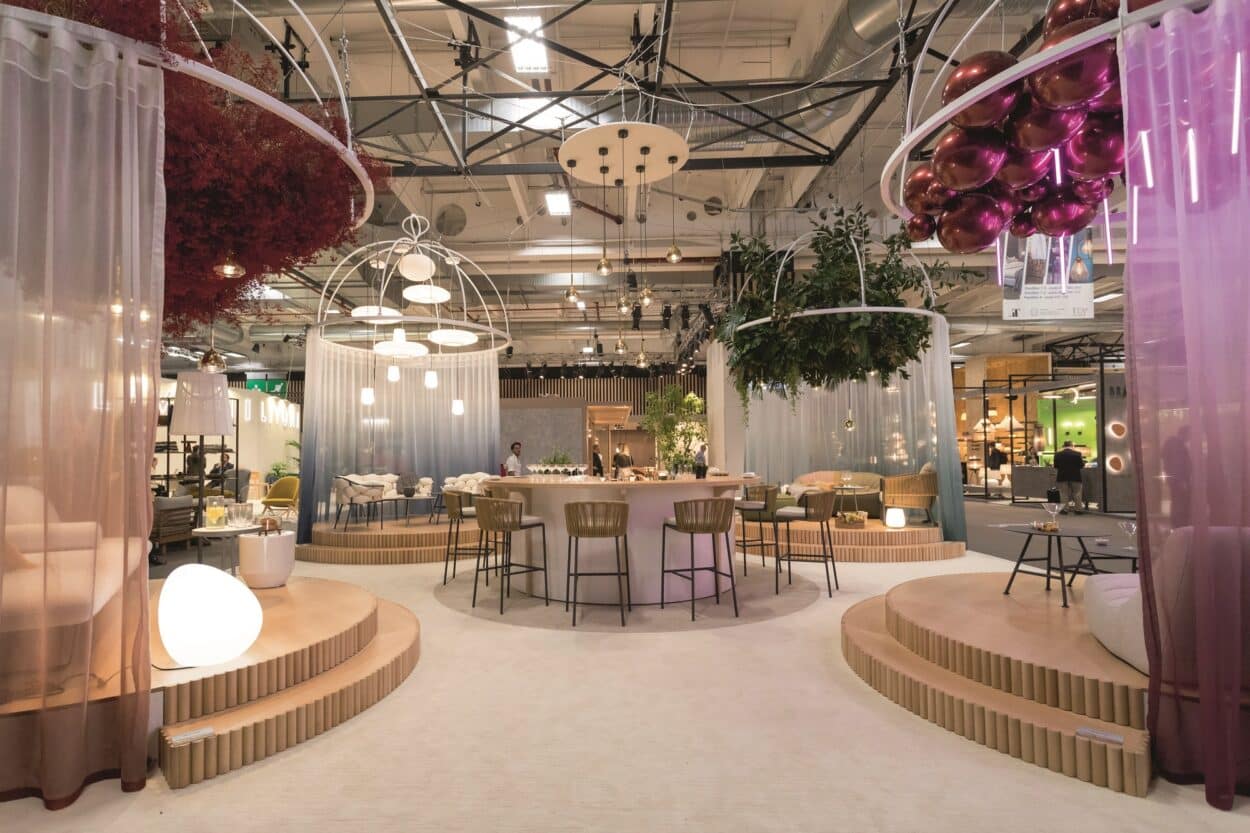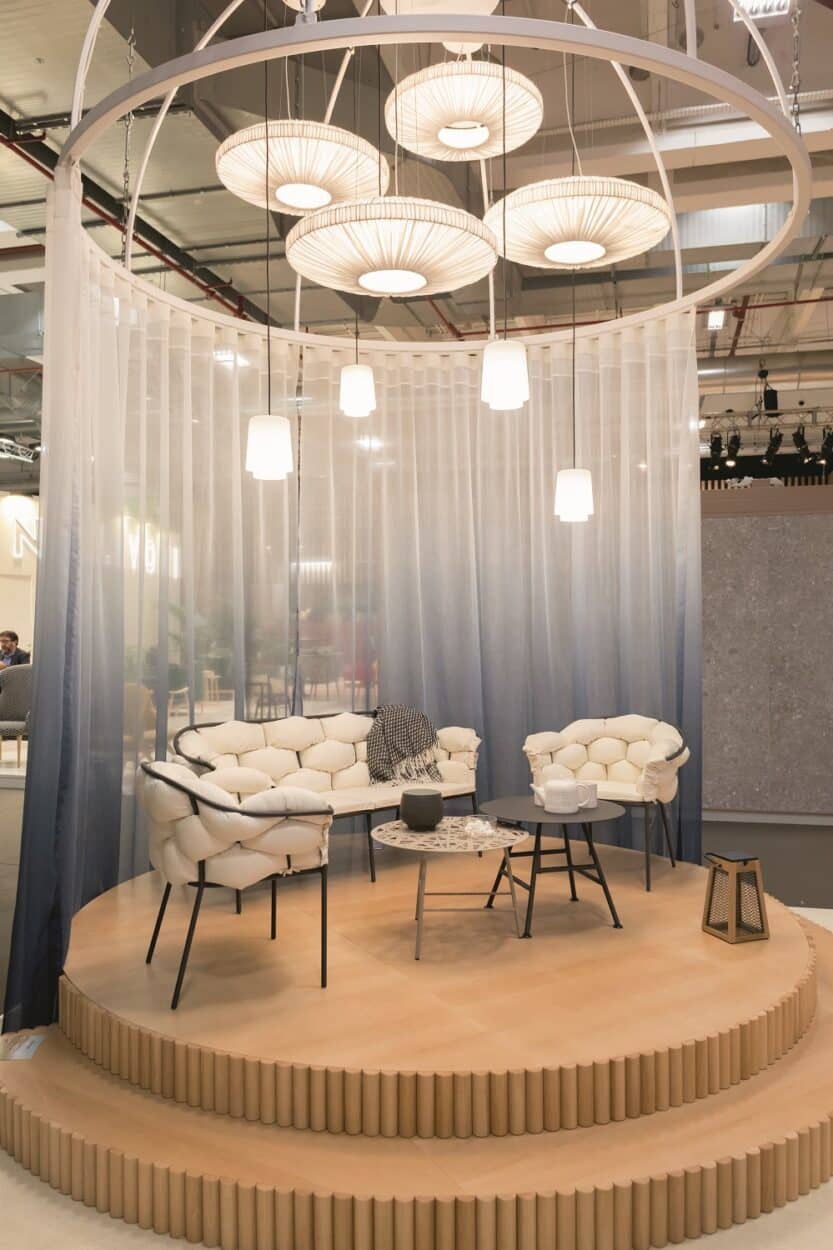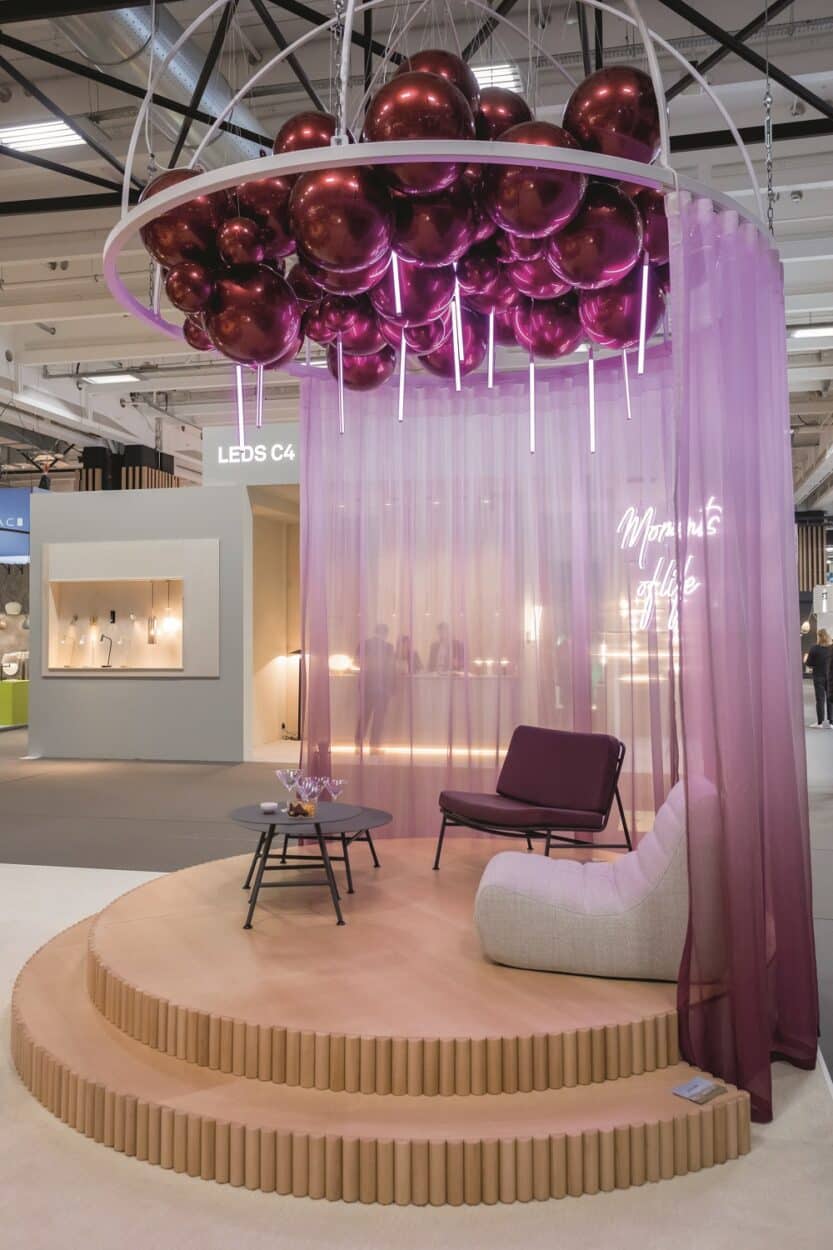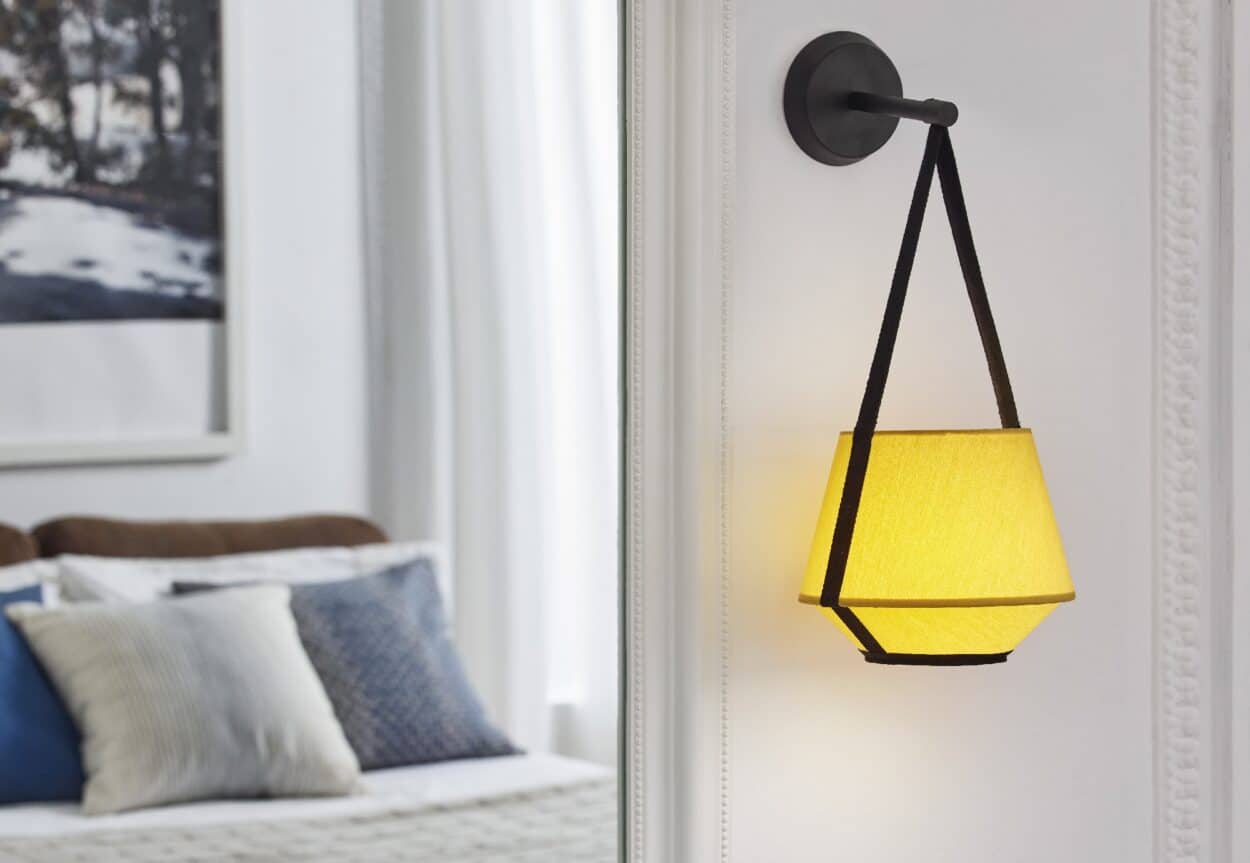Here are some brands exhibited at the EquipHotel 2022 that can help synchronize your hospitality project with customer satisfaction, the growing trend toward local specificities and cultural immersion.
As discussed in numerous conferences during EquipHotel 2022, hotels and restaurants are becoming places with life at the center of their design layout where we combine work, meetings, creation, relaxation, fun activities, moments to recharge and cultural immersion with nature in proximity. The modular concept allows these spaces to be flexible and agile, appealing to customers with profiles as varied as their needs who are increasingly sensitive to territories, local specificities and other short circuits. They expect dynamics offered at hotels that are more respectful of the environment: bicycles, electric vehicles, organic products and energy savings. Yet, their need for beautiful design and decor remains intact. Here are some noteworthy brands from the event that respect local specificities and cultural immersion.
French furniture brand l’Escarpolette depends on its joinery team located in Deux-Sèvres, on the borders of the regions of New Aquitaine and Pays de la Loire. The team of men and women design, develop and manufacture the wood product lines for the brand that also relies upon local craftspeople who master materials other than wood. The ropes for the swings are designed and manufactured by the rope factory «La corderie Ladivine» in Maine et Loire, and the cushions that cover the seats are made by the companies «Toiles et Voiles» (in Deux-Sèvres) and «SOFA» (in Vendée).

Portuguese ceramics brand Nosse designs and crafts ceramic tableware such as plates and bowls, using recycled materials. Its Ubuntu, in Aura Gold, recently earned the German Design Award Winner 2022. The ceramicists recycle as much as possible and aim to become zero-waste. They make their pieces from a composite of recycled and locally-sourced clay; all clay shavings and biscuits are reincorporated into the production line, leaving no waste. The pieces are then coated with an eco-glaze made 100% from recycled materials. The production of the glaze produces some waste but the brand manages to collect, treat and transform most of it into something new. To finish, the water used in during the process is recovered and treated for reuse.

A centuries-old technique worked its way into Catalan weaving developed at the end of the 19th century, the same time that St. Laurent de Cerdans became famous and prosperous thanks to the manufacturing of rope-soled sandals. In order to preserve the tradition, Les Toiles du Soleil rescued the last textile factory in the village and became one of the best French cotton fabric manufacturers of Catalan weaving. The company uses the same sewing looms from the past and produces canvasses with the striped patterns and typical colors that made the Catalan table linen from earlier times reputable. New collections include Boramar, Capri and Muscat-Oman.

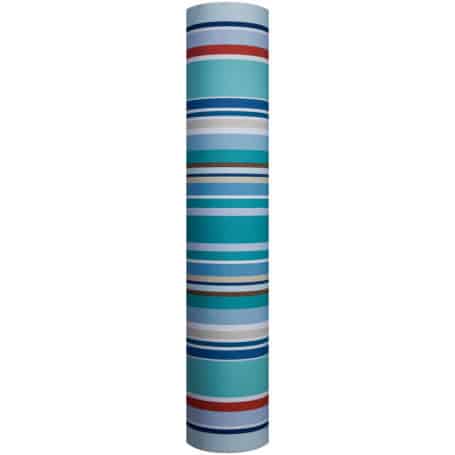

French company Lelièvre is in its fourth generation with 100 years of know-how under the belt, with its designs brought to life in their weaving mill in Lyon. The company also releases satin creations under its brand Tassinari & Chatel, founded in 1680. The recent collaboration with Tristan Auer, the brand’s second project with the renowned designer, resulted in the NAJD collection. As a region in Saudia Arabia with a city coined the Paris of Najd in the early 1900s, the idea with this collection was the invitation to “travel” sent by Lelièvre to Auer which brought the designer—creatively speaking—to the mountainous, desert landscape of this distant region with craftsmanship deemed worthy of preserving.
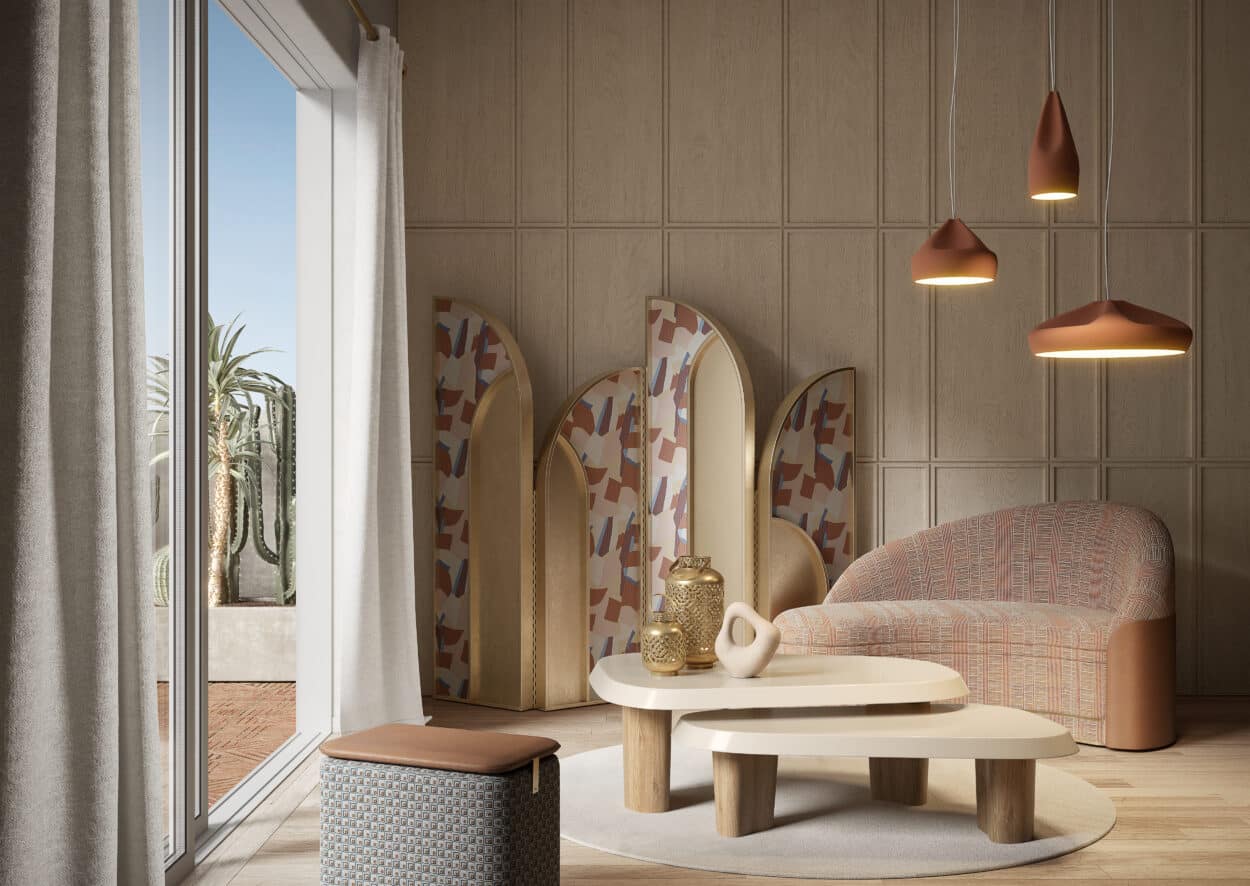


Bernard Forestier founded his lighting brand in 1992 as a way to honor craftsmanship with woven wire from rustic metal, zinc or iron as the framework. The woven wire is made in the Philippines, much like some of the collections including Grass and Parrot, as a way to put forward their skills. One of the latest creations by Forestier is Carrie, a new collection by Jette Scheib for Forestier, fabricated in Spain. The designer reflected on the idea of a hanging lamp that collects, carries and keeps the light like a flask of perfume preciously preserving its fragrance, as she described it. The refined collection recalls the intimate light of Chinese lanterns.
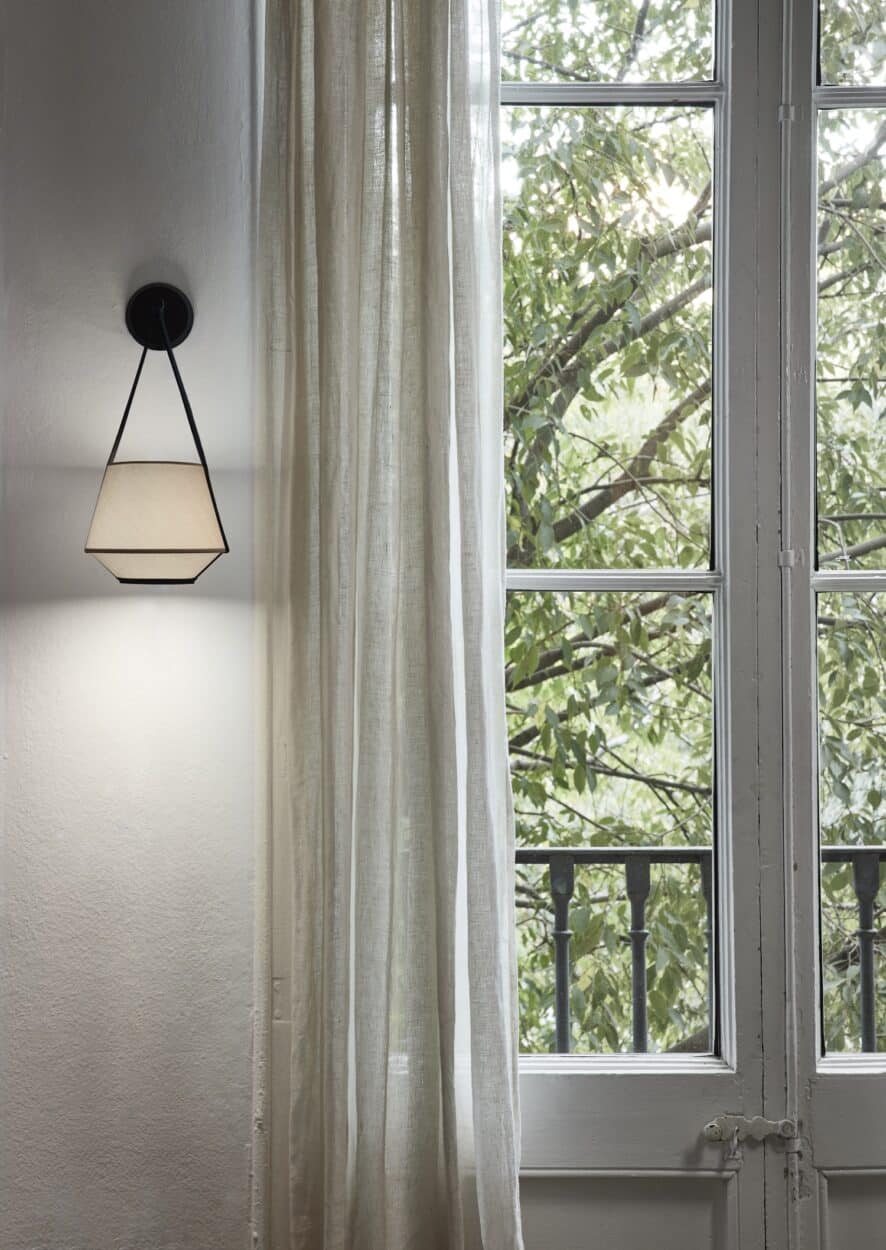
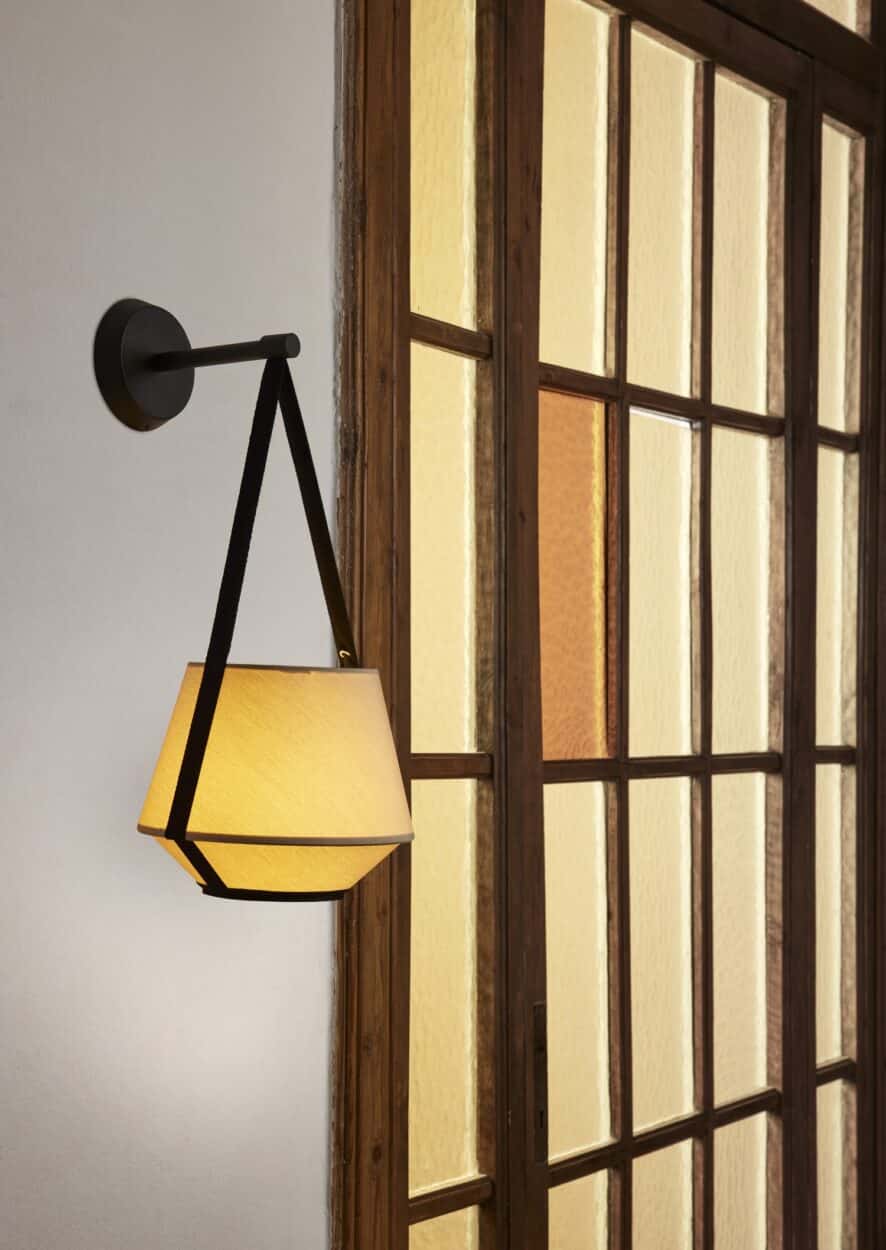

Portuguese brand Flam&Luce works with wood, metal and glass in its factory situated in Alcobaça near the coast of Nazaré. Each model is unique, handmade and signed. In Portugal, craftsmanship is a large part of the local heritage. For the main collections, the brand collaborates with international designers to create beautiful products such as the Bump light fixture designed by Cyril Gorin, one of the latest released. In addition, it publishes products designed through discussion with private clients for specific projects as a way to offer these great pieces to others; these products are part of the STUDIO collection by Flam&Luce. This year, the brand launched its TOTEM concept which opens some of its lighting products to the possibility of being entirely customizable with choices of colors, materials, shapes and sizes. While a vast majority of its products fit into the lighting section, the brand does produce vases and furniture.
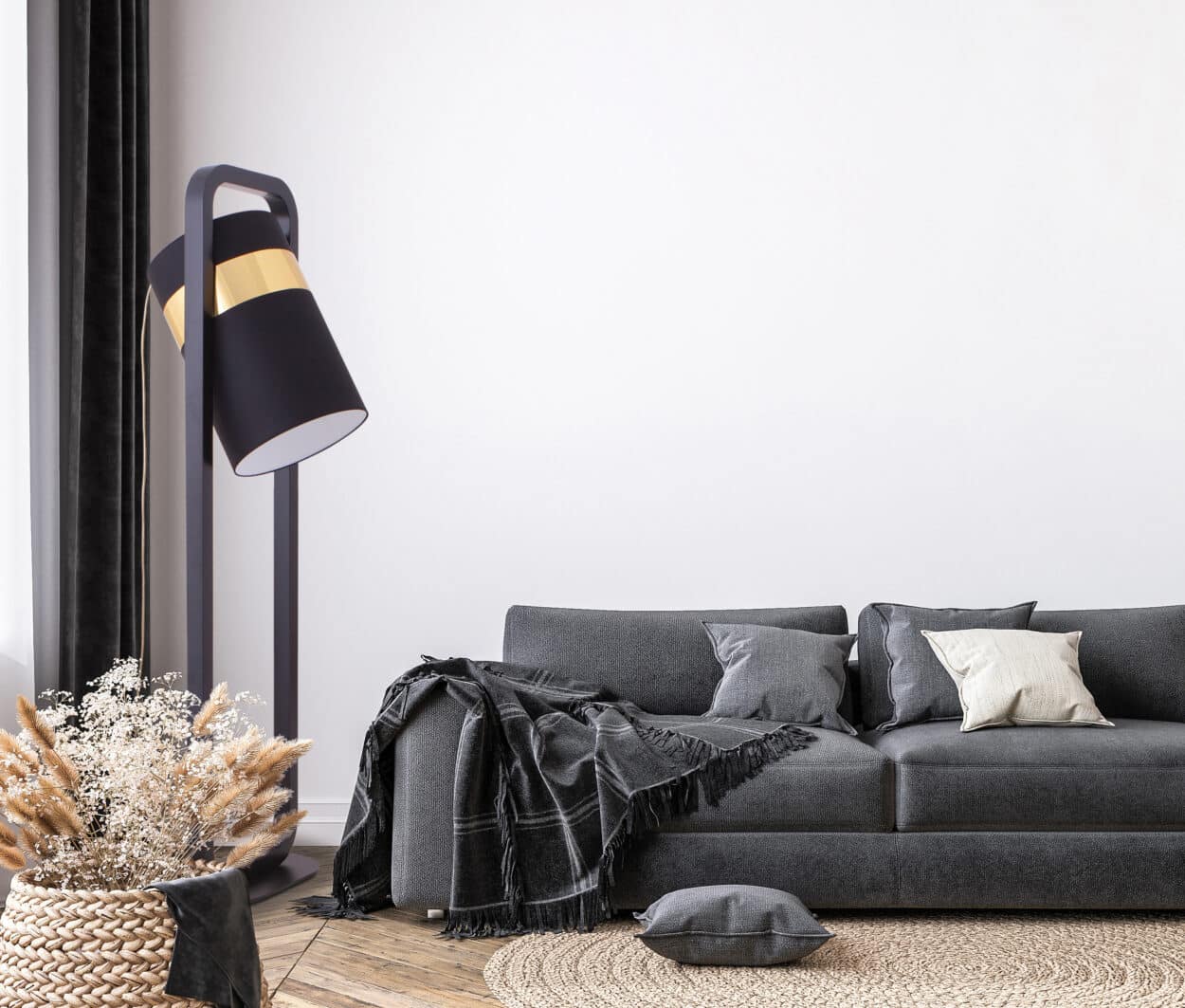
Carpenter Antoine Roset founded the brand known as Ligne Roset today several generations ago, manufacturing the poles for parasols and later legs and bars for chairs. After the war, his son guided the company into making furniture pieces. In the mid-50s, the brand became more recognized in the public market and once the hotel industry opened to design in the 80s, Ligne Roset adapted its collection to target the new opportunity. The founder’s grandsons Pierre and Michel now run the company, ensuring the quality and know-how craftsmanship acquired through the years remains intact.
Although the brand has its pieces available for purchase by the public at large, its Ligne Roset Contract department focuses on its clients furnishing luxury hotels, cruise liners, shops and other prominent places. For their stand at Equiphotel, they commissioned interior architect Emilie Rōz who created a beautiful display where the brand exhibited its Cinna Outdoor collection with exclusive creations and iconic models such as Saparella by Michel Ducaroy and Ottoman by Noé Duchaufour-Lawrance. The display highlighted our day’s era of indoor-outdoor. The four scenes touched on the basic senses: taste, sight, smell, hearing and touch. These scenes represented different moments of the day: springtime breakfast, a picnic in the forest, relaxation and an evening for festivities.
